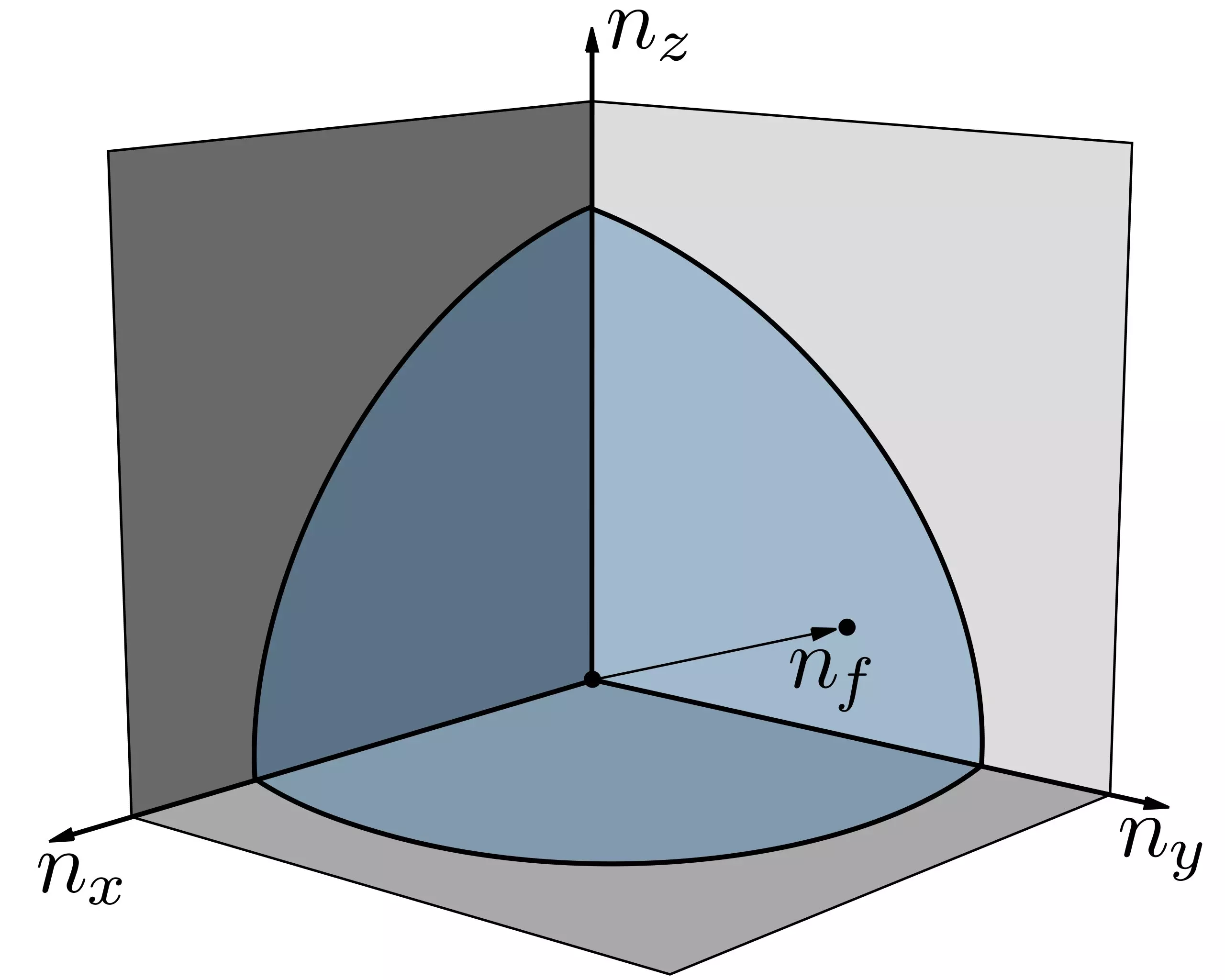In 1960, Joaquin Luttinger put forth a groundbreaking statement that established a link between the total number of particles a system can accommodate and its behavior under low-energy excitations. Initially, this theorem was found to hold true in systems of independent particles. However, what makes Luttinger’s theorem even more remarkable is that it continues to apply in correlated quantum matter, where powerful interactions exist between the particles.
Interestingly, recent research has revealed that Luttinger’s theorem may not be infallible in certain instances of strongly correlated phases of matter. These specific and exotic cases defy the universality of Luttinger’s theorem, leading to significant repercussions on the behavior of quantum matter. Scientists are now devoting considerable efforts to investigating the implications of this failure and its consequences in condensed matter physics.
Simultaneous with these developments, scientists are diligently working towards the classification and characterization of correlated insulating states of matter. One of the most promising avenues in this field is the identification of a single integer, referred to as the Ishikawa-Matsuyama invariant, which effectively encapsulates the transport properties of a broad class of topological insulators. This discovery marks a monumental milestone as it provides a concise method for classifying insulating states, even in the presence of strong interactions between particles.
However, recent advancements have uncovered peculiar models of correlated insulators that defy this elegant classification system. These exotic insulators necessitate corrections to the Ishikawa-Matsuyama invariant, rendering it insufficient in certain contexts. The search is now on to uncover the hidden mechanisms that drive these exceptional insulators and require adjustments to the established framework.
In a groundbreaking study published in Physical Review Letters, Lucila Peralta Gavensky and Nathan Goldman from ULB, along with Subir Sachdev from Harvard, shed light on the relationship between Luttinger’s theorem and the classification of insulating states of matter. Their research provides a fundamental connection between these two seemingly unrelated phenomena.
The authors demonstrate that the Ishikawa-Matsuyama invariant fully characterizes correlated insulators when Luttinger’s theorem holds true. However, as soon as Luttinger’s theorem is violated, this topological invariant becomes insufficient to label correlated phases accurately. To address this limitation, the researchers present explicit expressions for the necessary corrections to the Ishikawa-Matsuyama invariant, which are based on relevant physical quantities.
This profound connection between Luttinger’s theorem and the topological classification of quantum matter provides valuable insights into the emergence of exotic phenomena in strongly correlated quantum matter. The research conducted by Gavensky, Goldman, and Sachdev sets the stage for further investigations and opens up new avenues for understanding these intriguing phenomena.
By bridging the gap between Luttinger’s theorem and the classification of insulating states, scientists can now approach the study of strongly correlated quantum matter from a fresh perspective. This newfound understanding may lead to breakthroughs in areas such as quantum computing, where the behavior of quantum matter plays a pivotal role.
The failure of Luttinger’s theorem in specific cases of strongly correlated phases of matter has sparked intense curiosity and motivated researchers to delve deeper into the intricacies of quantum matter. The connection uncovered between Luttinger’s theorem and the classification of insulating states offers a pathway to unraveling the mysteries of exotic phenomena in the quantum realm.


Leave a Reply